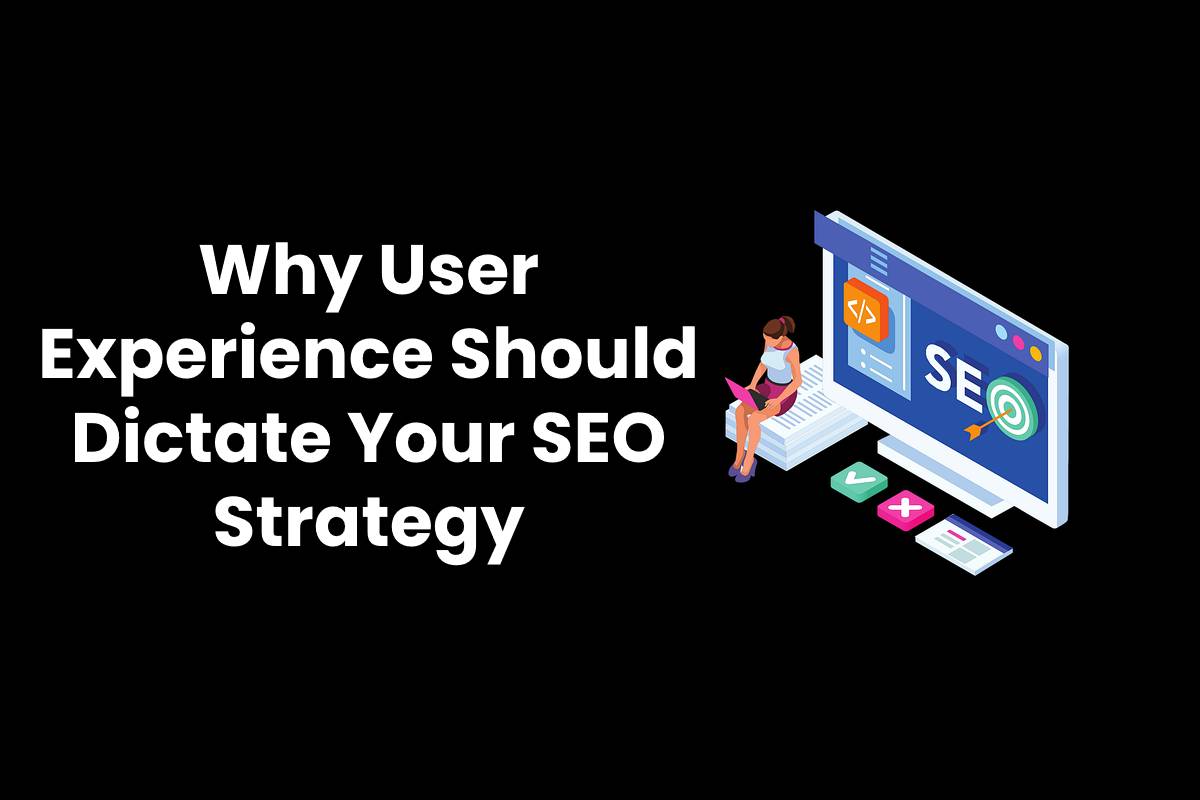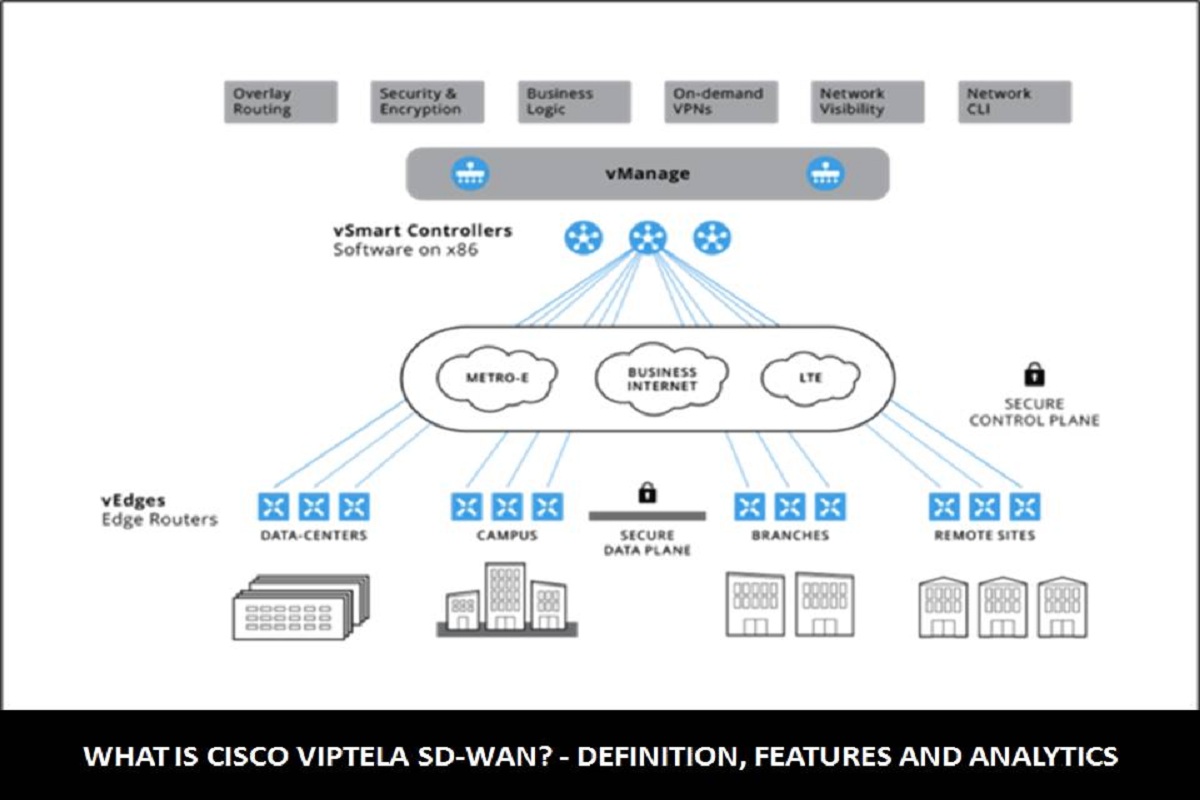

WCAG Compliance: Must Every Website Meet the Standards?
Why WCAG is the New Buzz in Web World
Everyone’s talking about web accessibility these days – it’s as though we’re all suddenly stepping into a more inclusive online universe. The Web Content Accessibility Guidelines (WCAG) have become the golden rulebook, telling us how to make sure your site doesn’t turn people with disabilities into digital outsiders.
Does every site have to follow WCAG?
Hard to say. There isn’t a single law that shouts, “Throw the WCAG into your code and you’re good to go.” That rule isn’t in any official statute. However, the guidelines are like a wise mentor: they shape how many courts, employers, and even governments expect you to behave.
Legal Risks When you Forget the Guidelines
- Accessibility lawsuits – Companies get sued for not offering an accessible experience.
- Government contracts can vanish if you fail to provide access compliance.
- Credibility can take a hit when your brand looks out of touch with inclusive values.
So, while no law outright requires WCAG compliance, the UK’s Web Content Accessibility Initiative (WCAG) remains a best‑practice beacon that can save you both legal headaches and a reputation sinkhole.
Bottom Line
If the law doesn’t say it in stone, it wants it in your spirit. Embrace WCAG and make your site a welcoming place for everyone – because that’s not just good sense; it’s excellent business sense. Come on, folks – let’s drop the barriers and keep the web open for all!
What Is WCAG?
WCAG in Plain English (and a Bit of Humor)
Think of the Web Content Accessibility Guidelines—WCAG—as the universal handbook that helps keep the internet friendly for everyone, including folks with disabilities. These guidelines were cooked up by the World Wide Web Consortium (W3C) through its Web Accessibility Initiative (WAI) and are basically the recipe for a more inclusive web.
What WCAG Gives You
- Success Criteria: Clear, testable rules that web designers can aim for.
- Conformance Levels: Three tiers—A, AA, and AAA—each measuring how close you get to the “perfect” accessibility.
Why The Levels Matter
Level A is the base requirement—think of it as the essential “hello world” of accessibility. AA steps it up, adding more robust checks (like better contrast or keyboard navigation), while AAA is the elite superstar, employing the finest standards. The higher the level, the more “wow” factor you put into your website’s accessibility.
When Does Law Require WCAG?
WCAG Compliance: A Global Navigation Guide
Short & sweet: Access matters worldwide, but the rules differ from one corner of the globe to another. Let’s roll through the legal landscape in a way that’s easier to digest than a barista’s latte art.
United States – A Section 508 Shuffle
- Section 508 – The federal agencies gatekeeper that demands digital accessibility, with WCAG guidance baked right into the requirement.
- Think of it as the “Stairwell” law. If you can’t climb the stairs, the whole building’s out of bounds.
Ontario, Canada – The AODA Anthem
- AODA – “Accessibility for Ontarians with Disabilities Act,” a sweeping chorus that includes WCAG as one of its verses.
- Why it matters: Ontario’s employees and consumers need to have a fair shot at digital content that’s easy to use.
European Union – EN 301 508’s Beat
- EN 301 508 sings the tune of digital accessibility for ICT products and services, picking WCAG as its favorite instrumental.
- Worried? Just remember: the “E” in EU comes with an extra layer of enforcement.
DIY Legal Audit: The Checklist Edition
To keep your business in tune with the law, consider this quick audit:
- Pinpoint the region where your company operates.
- Check your industry’s specific regulatory handbooks.
- Match the legal mandates to WCAG 2.1 guidelines.
- Document your conformance journey for good measure.
Bottom line: When your company says “We want to be accessible,” the real conversation starts with what the local laws say. Knowing the exact regulatory playbook can help you hit the right chord and keep those compliance headaches at bay.
No Explicit WCAG Requirement
Who’s Really Watching Your Website?
When it comes to keeping a site inclusive, the Americans with Disabilities Act (ADA) often gets mentioned. But did you know that the ADA itself never spells out WCAG? Yep – the law sticks to classic discrimination principles but skips the modern digital checklist.
Why the Omission Matters
Without a direct tie‑in, businesses and designers are left figuring out how to translate the ADA’s intent into web‑friendly terms. This gray zone can lead to confusion, legal loopholes, and—let’s face it—an awkward user experience for folks who rely on assistive tech.
Enter the Department of Justice (DOJ)
- Enforcer of the ADA – handles complaints, fines, and settlements.
- Standards Player – while the ADA text stays old‑school, the DOJ’s enforcement game is all about WCAG compliance.
- In private suits, the DOJ has tightened the screws: settlements now often call for a site that meets WCAG 2.1 or higher.
The Bottom Line
So, while the ADA doesn’t leg‑strap itself to WCAG in the legislation, the DOJ is effectively bridging that gap. In practice, any company walking the line between non‑compliance and litigation will be nudged to integrate WCAG standards—ensuring that the web stays open to everyone, without the legal headache.
Common Reference and Best Practice
Why the WCAG Standard Is the New Legal Must‑Have
In the U.S., WCAG (Web Content Accessibility Guidelines) has taken the place of a referee in court cases that involve digital accessibility. Law firms fighting for their clients now point out that any site that defies WCAG 2.1 AA is a legal red flag. And honestly, achieving full conformance is the safest path to keep the ADA (Americans with Disabilities Act) on your side.
It’s Not a Quick Fix
Let’s be real: completing a full WCAG 2.1 AA audit takes time. Think of it as a marathon, not a sprint. Most companies spend months, sometimes years, tightening every pixel, code snippet, and caption so that the entire user experience is fair.
Smart Strategy: Focus on the “Risky” Issues First
- Target the high‑impact areas. If you tackle the elements most likely to spark a lawsuit—like missing alt text, confusing colour contrast, or inaccessible forms—you’ll reduce the risk of… you guessed it … demand letters.
- Rollback mitigation. Treating the worst offenders early is the best way to keep your legal “red‑flag” count down to zero.
- Proactive, not reactive. By staying the course you’ll show courts that you’re not just playing with the rules but actively pushing for inclusivity.
Beyond Legalities: The Moral of the Story
Even if your local laws don’t mandate strict WCAG compliance, the guidelines serve as the industry’s “gold standard.” Sticking to them signals that your organization cares about everyone. It’s not only a legal safeguard—it’s a firm promise of equal access for all visitors.
In a Fast‑Changing Digital World
As new devices pop up and users demand seamless interactions, accessibility becomes a non‑negotiable. The sooner you adopt WCAG‑compliant practices, the easier it will be to keep up with tech trends and to avoid nasty legal headaches down the line.
Bottom line: Prioritizing a WCAG‑friendly web strategy is the smartest way for any organization to keep the law on its side and to create an inclusive digital space that welcomes everyone.







